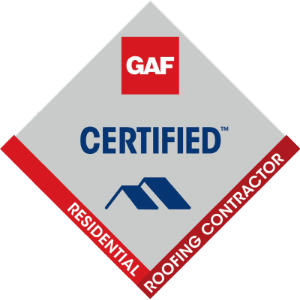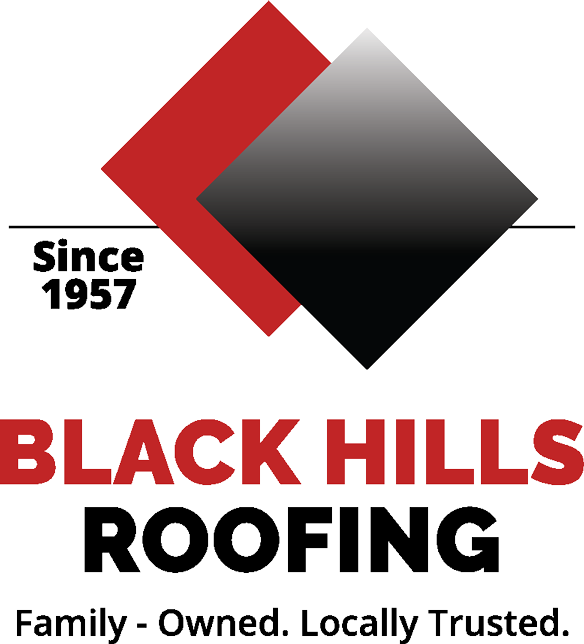Understanding Green Roofing Solutions
Green roofing represents one of the most innovative and environmentally conscious developments in our industry, and at Black Hills Roofing, we’ve embraced this technology to provide sustainable solutions that benefit both property owners and the environment. A green roof, also known as a living roof or eco-roof, incorporates vegetation and growing medium installed over a waterproofing membrane, creating a miniature ecosystem atop your building. This system includes several critical layers: a root barrier to protect the structure, drainage systems to manage water flow, filter fabric to prevent soil migration, growing medium specifically engineered for rooftop conditions, and carefully selected plants that thrive in our Black Hills Area climate.
The technology behind green roofing has evolved significantly since we first started installing these systems, and our CertainTeed/GAF Certified and Malarky certified technicians have mastered the intricate installation processes required for successful implementation. We understand that each layer serves a specific purpose in creating a self-sustaining ecosystem that provides numerous benefits while protecting your building’s structural integrity. Our experience in business since 1957 has taught us that innovation paired with proven techniques delivers the best results for our clients.
Environmental and Economic Benefits
The environmental advantages of green roofing extend far beyond simple aesthetics, offering measurable benefits that align with our commitment to supporting local communities and environmental stewardship. These living systems naturally filter rainwater, reducing stormwater runoff by up to 75% during peak flow periods, which helps prevent local flooding and reduces the burden on municipal water treatment facilities. The vegetation layer acts as a natural air purifier, capturing airborne particulates and producing oxygen while sequestering carbon dioxide. In urban areas throughout Rapid City, Black Hawk, Box Elder, Rapid Valley, Hill City, Summerset, Custer, Hot Springs, Deadwood & Spearfish, SD, green roofs help combat the heat island effect by cooling surrounding air temperatures through evapotranspiration, potentially reducing ambient temperatures by 5-7 degrees Fahrenheit.
From an economic perspective, property owners experience significant long-term savings through reduced energy consumption. The additional insulation provided by green roofing systems can decrease heating costs by up to 25% in winter and cooling costs by up to 50% in summer. Furthermore, green roofs protect underlying waterproofing membranes from UV radiation and extreme temperature fluctuations, potentially doubling or tripling the lifespan of traditional roofing materials. We’ve calculated that many of our commercial clients see return on investment within 6-8 years through energy savings alone, not accounting for increased property values and potential tax incentives available for sustainable building improvements.
Types of Green Roofing Systems We Install
At Black Hills Roofing, we specialize in three primary categories of green roofing systems, each designed to meet specific building requirements and owner objectives. Extensive green roofs feature shallow growing medium depths of 2-6 inches and support drought-tolerant sedums, grasses, and wildflowers. These lightweight systems require minimal maintenance and irrigation, making them ideal for large commercial buildings, warehouses, and residential applications where structural load capacity is a concern. We’ve successfully installed extensive systems on everything from small residential garages to expansive industrial complexes.
Intensive green roofs, with growing medium depths exceeding 6 inches, support diverse plant life including shrubs, trees, and even vegetable gardens. These systems require more robust structural support and regular maintenance but offer unlimited design possibilities for creating rooftop parks, gardens, and recreational spaces. Semi-intensive systems bridge the gap, supporting moderate plant diversity with 4-8 inches of growing medium. Our professional team evaluates each building’s structural capacity, drainage patterns, and sun exposure to recommend the most appropriate system. We take pride in being trustworthy and transparent throughout the consultation process, ensuring property owners understand all aspects of their green roofing investment.
Installation Process and Maintenance Requirements
Our installation process begins with comprehensive structural analysis to ensure your building can support the additional load of a green roofing system, which typically ranges from 15-80 pounds per square foot depending on the system type. We then install multiple protective layers in precise sequence:
- Waterproofing membrane: high-quality root-resistant material that prevents water infiltration
- Drainage layer: engineered systems that manage excess water while retaining optimal moisture
- Filter fabric: prevents growing medium from clogging drainage systems
- Growing medium: specially formulated lightweight soil that supports plant growth
- Plant material: carefully selected species proven to thrive in local conditions
Post-installation maintenance varies by system type but generally includes bi-annual inspections, fertilization, irrigation system checks, and vegetation management. Our approachable and local team provides ongoing maintenance services, ensuring your green roof continues performing optimally for decades. We support many local charities and events, and we apply this same community-minded approach to helping property owners maintain their sustainable roofing investments. Unlike storm chasers roofers who disappear after installation, we’ll be here for you long after the storm chasers roofers are gone, providing consistent support and expertise whenever needed.
Frequently asked questions
Q1: What is a green roof?
A: A green roof, also known as a living roof, is a roofing system that incorporates vegetation, soil, and drainage layers on top of a waterproof membrane. These roofs provide natural insulation, help manage stormwater runoff, and improve air quality—all while adding a unique and eco-friendly aesthetic to your building.
Q2: What are the benefits of installing a green roof?
A: Green roofs offer several advantages, including reduced energy costs, extended roof lifespan, and improved stormwater management. They can also reduce the urban heat island effect, promote biodiversity, and even qualify for environmental tax credits or incentives in some areas.
Q3: Is my building suitable for a green roof?
A: Not all buildings can support a green roof. We’ll evaluate your structure to determine if it can handle the additional weight and drainage requirements. Flat or low-slope roofs with proper access are typically the best candidates, and structural reinforcements may be needed for larger installations.










